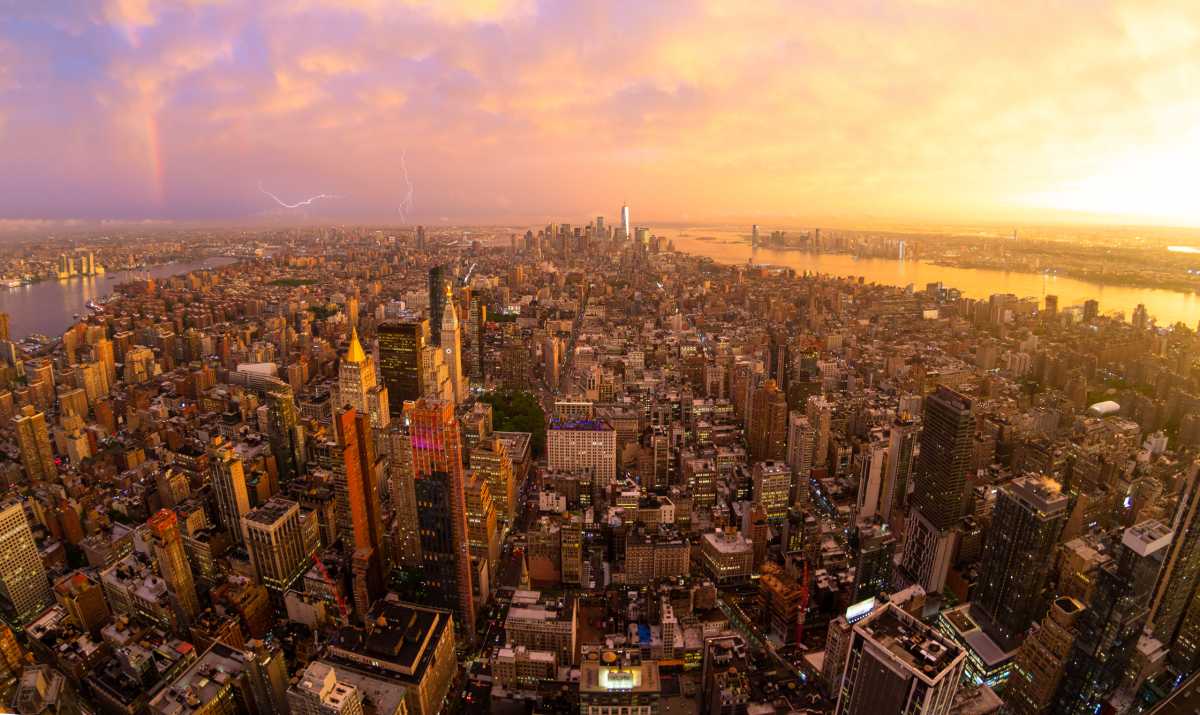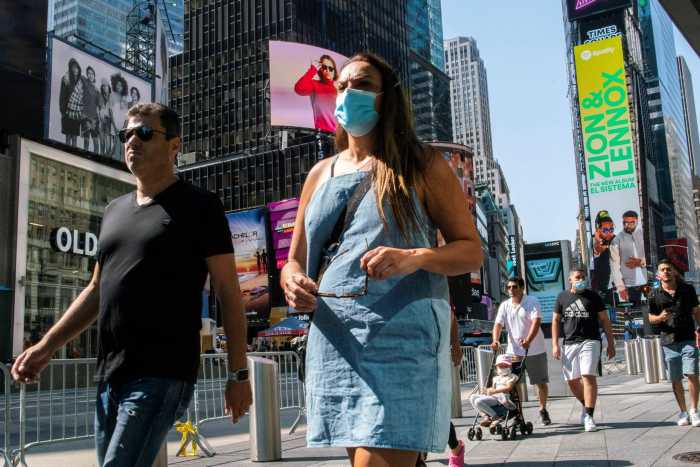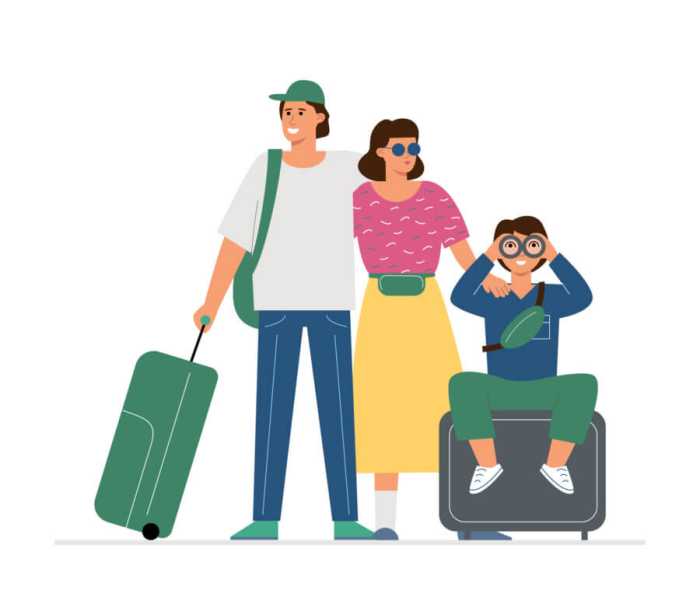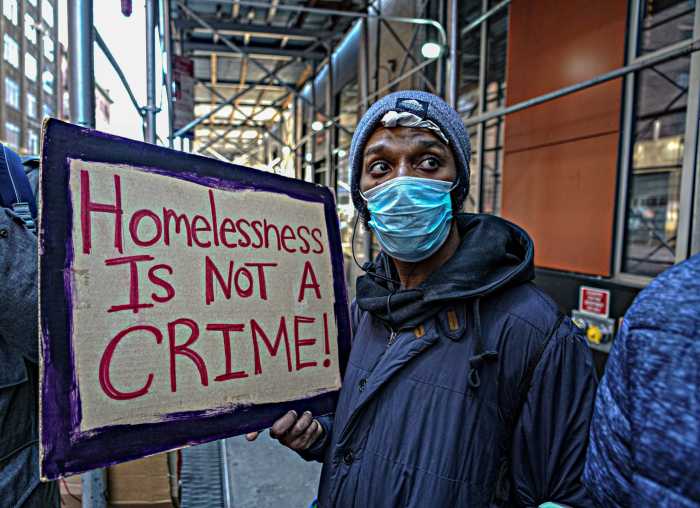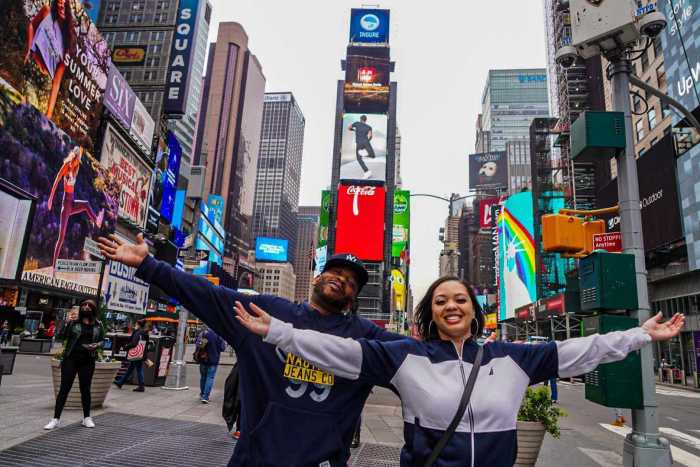As mask ordinances and vaccine mandates start to roll back, it can be easy to think life is just about back to normal – or the closest thing to normal in a post-COVID world. But for the host of industries that rely on the city’s $22 billion-per-year tourism – including restaurants and bars, Broadway theaters, and hotels and tour and charter buses – that is not yet the reality.
The number of visitors coming to New York is still remarkably down from where it was in 2019. NYC & Company – the City’s own travel agency – lowered their forecast for tourists traveling to New York in 2022. They initially forecasted 57.8 million visitors this year – already nearly 10 million below pre-pandemic rates – and they are now projecting more than a million less visitors than their original estimate.
We see it in the motor coach tour industry, too: Bus Tour bookings have only just started to come back, with bus companies now only seeing 10 to 20 percent of 2019 levels. Current bookings for conferences, conventions and tour packages remain extremely low compared to pre-COVID bookings. While that’s still up from the zero bookings we saw through most of the pandemic, that’s still an abysmal state of affairs.
Business travel and the international tourism that brings so much revenue to the city has been nonexistent and has yet to come back. That means no shuttles from airports, to convention centers, to hotels, sightseeing attractions or Broadway.
Hotels have also been impacted by the lag in tourism: Prior to Omicron, the hotel industry’s occupancy rates were projected to make a full recovery by 2025 – now it could be even longer. More than 125 hotels have permanently closed. Before the pandemic, the hotel industry employed more than 50,000 people — who are predominantly immigrants and people of color — and only 20,000 of those good-paying jobs have come back. And now, as the Russian invasion of Ukraine drives fuel costs and safety fears, there are even fewer hotel bookings and cancellations – which is just one more blow to the industry’s recovery.
Hotels are the backbone of the city’s tourism industry. But without a chance of renewed tourism in the near future, the industry will continue to hurt, bleeding good-paying jobs and the hotels for tourists to stay – and that will cause reverberations through the other industries that rely on tourism, including busing. Hotels need some form of government relief if they – and the City’s economy as a whole – are going to survive.
To offer real relief for hotels, the City must reduce property tax assessments to match the reality and burden that hotels in other major cities face; forgive interest payments on hotels that can’t pay taxes for the next few years; and lower the tax rate visitors pay on their rooms to make New York more competitive as a destination.
We can’t get back to normal unless we get serious about a recovery for our tourism and hospitality industry. It’s time for relief.
Glenn Every and Patrick Condren are President and Vice President/Secretary respectively of BUS4NYC — a NYC-based and -focused advocacy group comprised of private bus company owners and related business and associations, promoting the industry as a viable transportation solution and local economic driver. Both Every and Condren are lifelong in the Motorcoach Tour/Transportation industry with family business origins in the 1950s.



